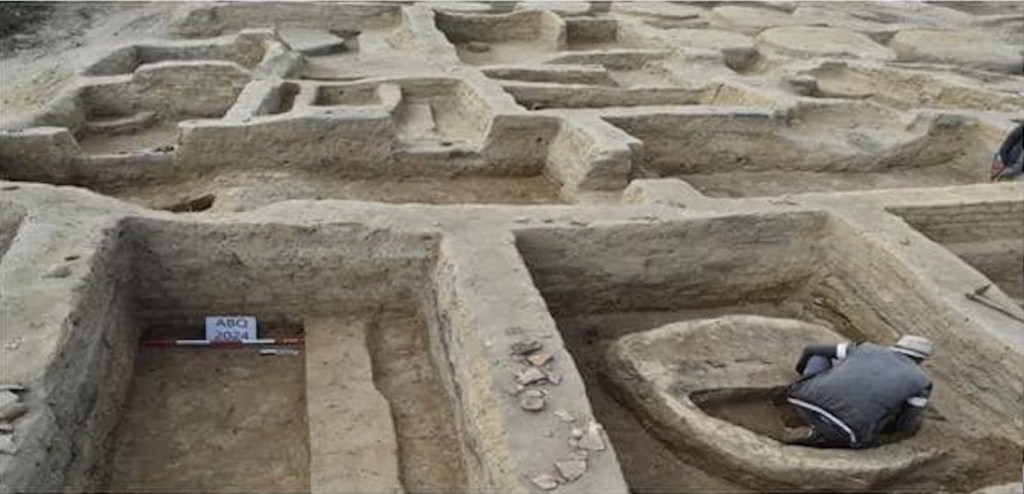3,000-Year-Old Military Fort Unearthed in Northern Egypt (kaamsechitrakaar)
[ad_1]
A 3,000-year-old Egyptian fort used for defense against invading Libyan tribes and sea peoples from the eastern Mediterranean has been discovered by archaeologists, according to the Egyptian ministry of tourism and antiquities.
A series of mudbrick ruins in northwestern Egypt contained the remains of military barracks with storage rooms for weapons, food, and provisions. It dates back to the era of the New Kingdom (1550 BCE-1070 BCE).
Researchers also identified several artifacts that once belonged to Egyptian soldiers at the Tell Al-Abqain site along the Nile’s western Delta.
The demise of several dominant civilizations around 1200 BCE may be linked to naval raids carried out by the mysterious sea peoples, whose exact origins are still unknown. After a first round of invasions in northern Egypt, however, scholars believe the raiders settled among a small area of the Mediterranean.
Meticulously designed to protect the ancient Egyptians, these forts were divided into two identical sides with a narrow passage between them. Some parts served as storerooms with large granaries. Within these units were fragments of broken pottery with remnants of fish and animal bones. Cylindrical pottery ovens that would have been used to cook such food items were also discovered.
According to the Independent, a large bronze sword featuring a cartouche of King Ramesses II, also known as Ramesses the Great, was unearthed, along with two limestone blocks. One was inscribed with hieroglyphics that listed the titles of King Ramesses II, while the other had an official name Bay written on its surface.
Weapons used in battle, as well as hunting tools, personal artifacts, and hygiene products like ivory kohl applicators, carnelian and faience beads, scarabs, and protective amulets identified at the site reveal greater insights about the occupant’s daily lives and practices.
[ad_2]


